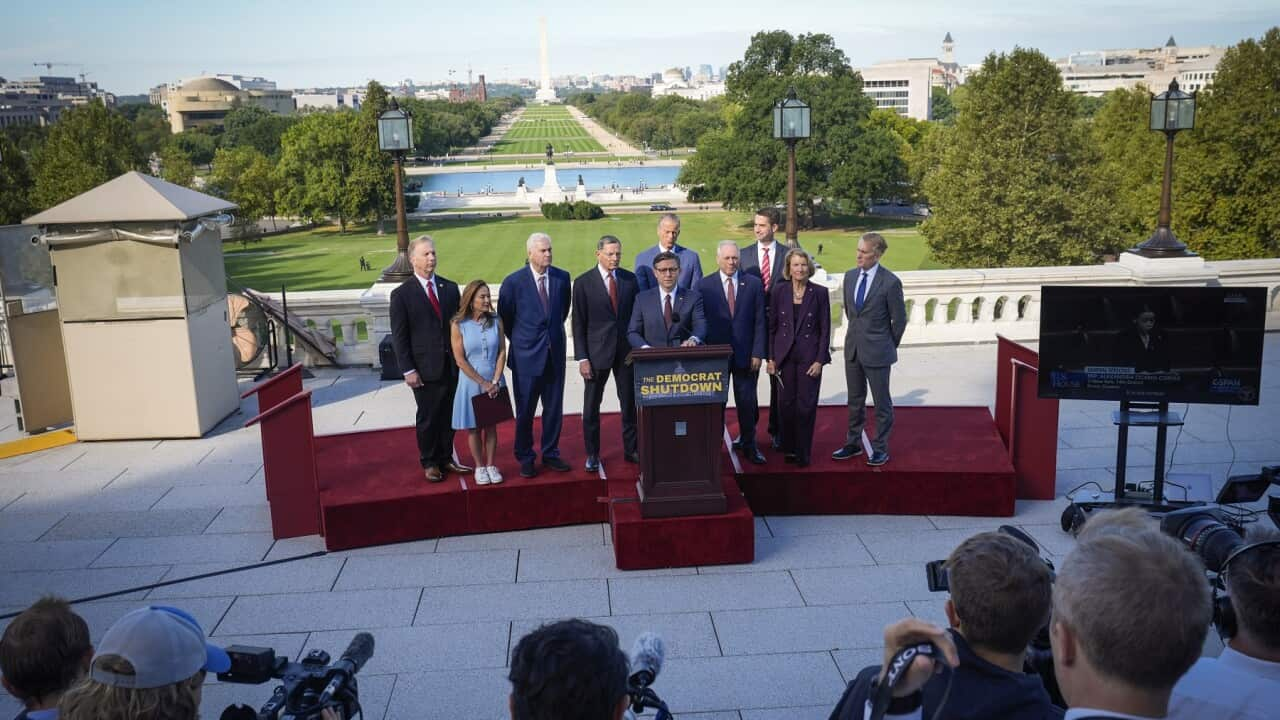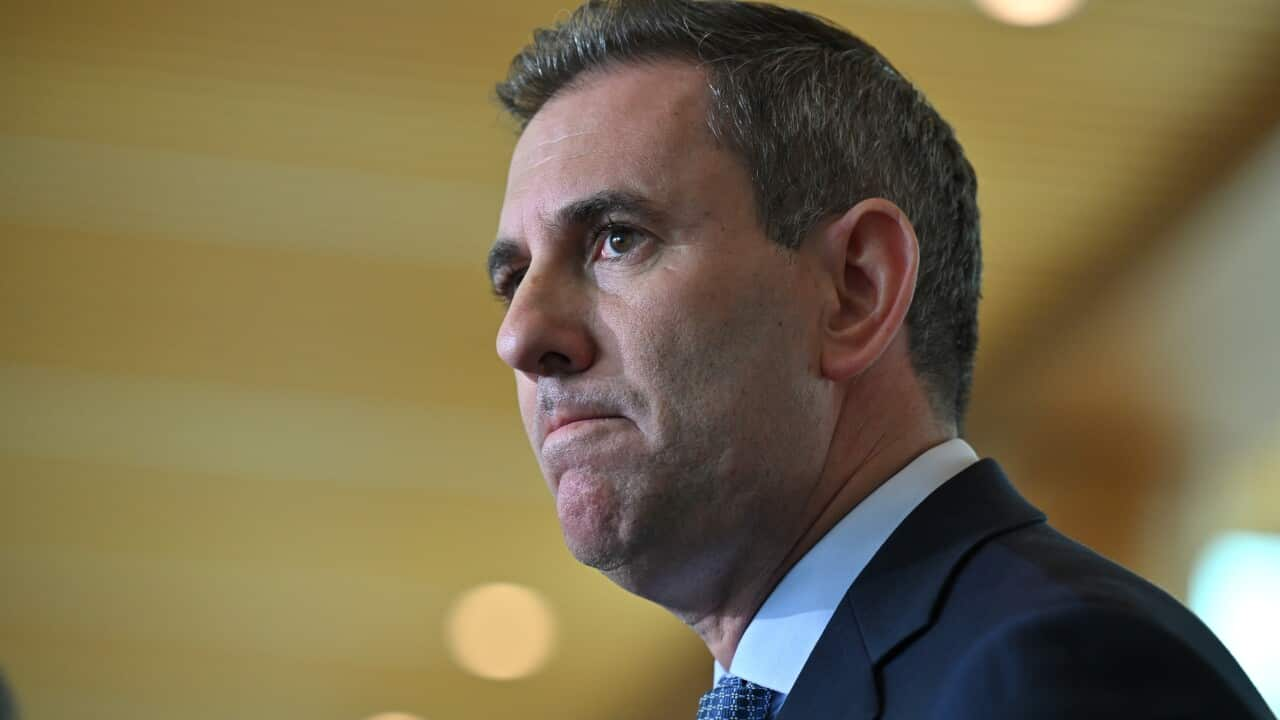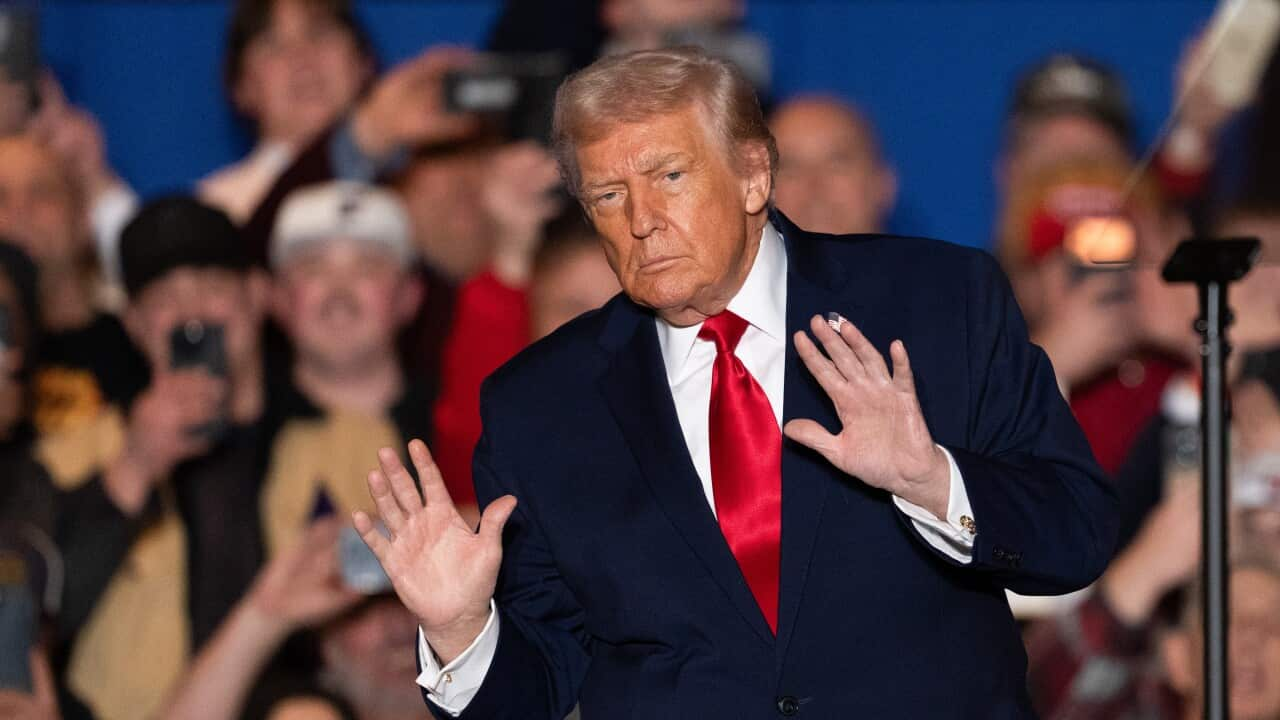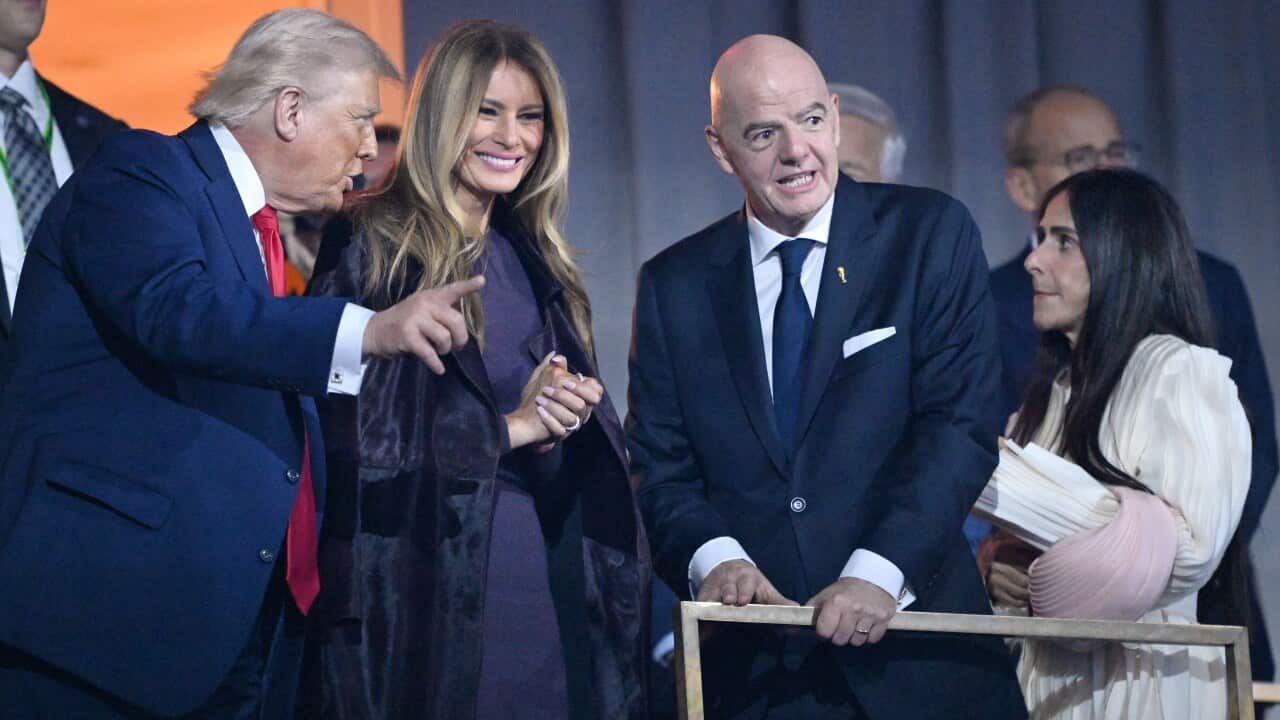TRANSCRIPT
Washington has ground to a halt thanks to a government shutdown, triggered by Congress being unable to agree on a funding bill.
Republican Senate Majority Leader John Thune has blamed Democrats.
"The House has passed a clean, non-partisan continuing resolution to fund the government until November 21st. The President is ready to sign it. Senate Democrats? They're standing in the way."
Democrats on the other hand say it's not their fault.
The party's House leader Hakeem Jeffries says Republicans can’t escape responsibility when they control all the levers of power.
"Republicans control the House and the Senate and there's a Republican president if the government shuts down is because Republicans want to shut the government down. We've been in a five alarm fire since January 20th. Mass firings have occurred since January 20th , they've triggered an environment where costs are going up not down despite their promise to change that dynamic. All the things that make America the great country that we are are actually under assault."
So how did the shutdown actually happen?
It is because Congress has failed to agree on a new funding bill before the deadline on the 30th of September.
While Republicans control both houses, in the Senate they need 60 votes to pass spending bills, which means they have to negotiate with Democrats to pass legislation to approve money for government departments and services.
Hakeen Jeffries says the GOP has not been trying to do that.
"Vice President Vance said he wants to have a conversation. We're ready to have a conversation with any high-level member of the Trump administration. They just have to be prepared to act in good faith. Not to talk about it, but to be about it. Which means canceling the cuts, lowering the cost, saving the health care of the American people."
The main issue is that Democrats want to include subsidies for the Affordable Care Act, which helps people afford health insurance, while Republicans have refused.
Three Democrats and one Republican even crossed the bench during the vote to avoid the shutdown, but it still wasn’t enough to meet the threshold.
Donald Trump maintains the Democrats are being unreasonable.
"They (Democrats) are shutting it down. We're not shutting it down. We don't want it to shut down because we have the greatest period of time ever. I tell you, we have $17 trillion being invested. So the last person that wants it shut down is us. Now, with that being said, we can do things during the shutdown that are irreversible, that are bad for them and irreversible by them, like cutting vast numbers of people out, cutting things that they like, cutting programs that they like."
This is the 15th government shutdown since 1981, and while some essential services will continue, it will halt the release of a closely watched September employment report, slow air travel, suspend scientific research, and withhold pay from US troops.
An estimated 750,000 federal workers have also been furloughed at a daily cost of $US400 million ($A600 million).
In New York, ferries to the Statue of Liberty have continued with little disruption, but other key tourist sites - like the Liberty Bell pavilion in Philadelphia - has been closed to visitors.
Los Angeles tourist Molly McAdam says Democrats were right to take a stand.
“I think in general, as much as it's impacting me personally, I think it's the right thing to do for the Democratic party. I personally think what they're fighting for, which is healthcare really for millions of people. I pay for my own healthcare, so I know what it feels like to have health premiums go up. And I think if the Democrats were to proceed and find some negotiation without getting the healthcare for millions. They would just be signing up for a government that the people don't want."
Others have been less sympathetic.
Arizona visitor Margaret Hall says the shutdown is harmful and unnecessary.
“I am not for it. I am totally against it. I think that both sides of our government need to come together and stop this ridiculous fight. There is no reason for our government to shut down.”
It remains unclear how long the shutdown will continue.
The last government shutdown - in 2018 - went for 35 days, which was the longest in history.
But there are already concerns Donald Trump may use it to his advantage.
The shutdown has come after months of rhetoric from US President Donald Trump about his plans to downsize the government and cut jobs.
White House Press Secretary Karoline Leavitt says job cuts are also now likely to ensue.
"Unfortunately, because the Democrats shut down the government, the president has directed his cabinet, and the Office of Management and Budget is working with agencies across the board to identify where cuts can be made. And we believe that layoffs are imminent. They are, unfortunately, a consequence of this government shutdown."













